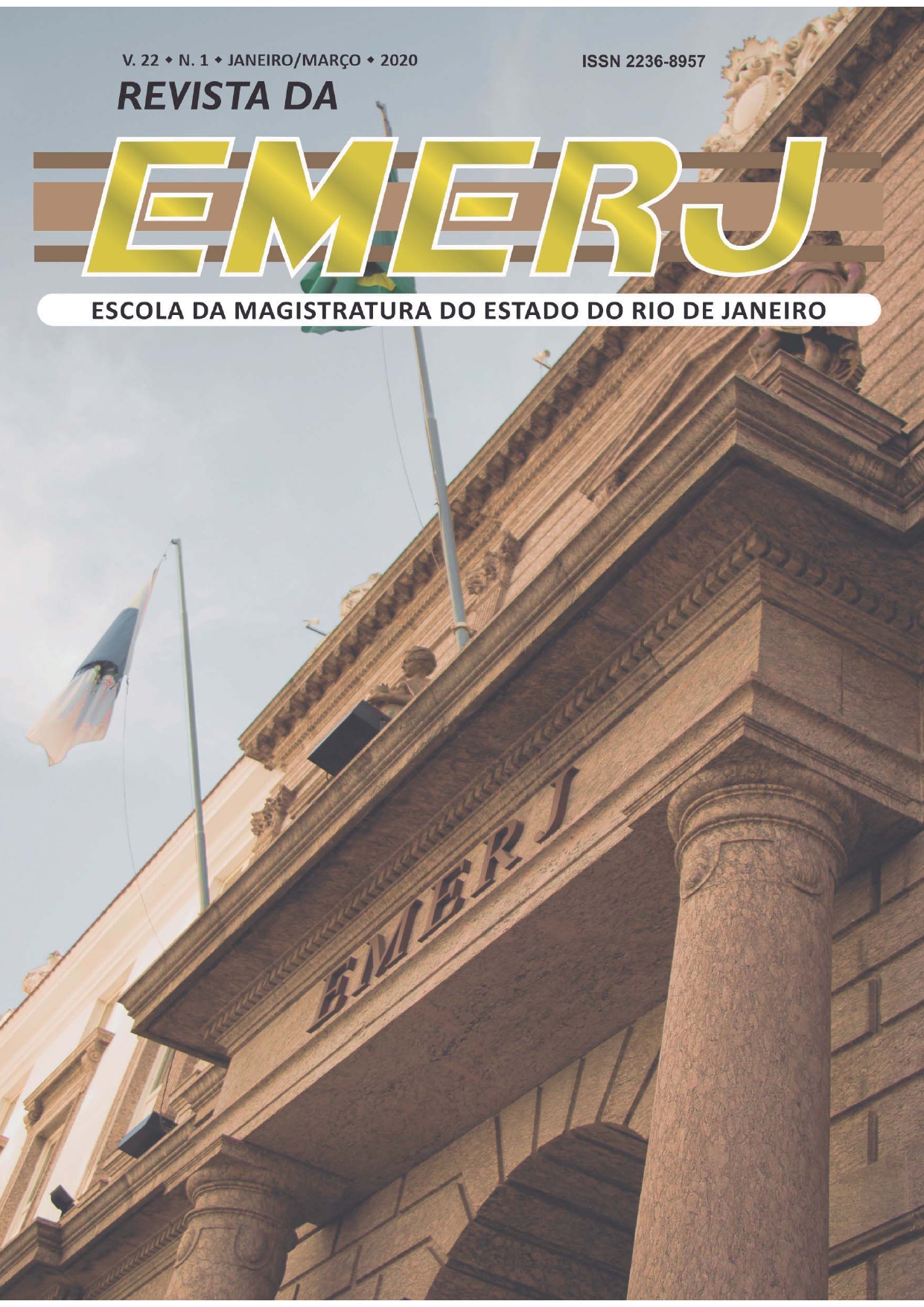NOTAS SOBRE A MULTIPROPRIEDADE IMOBILIÁRIA
Keywords:
time sharing, condominium, sharing in timeAbstract
Em pleno século XXI a propriedade continua a ocupar um lugar central nas relações. Novas formas de exploração são pensadas e praticadas, aperfeiçoando e otimizando seu uso, gozo e fruição. Dentre elas está a multipropriedade imobiliária, por meio da qual diversos sujeitos compartilham a propriedade de um bem imóvel, dividido em frações de tempo, em que cada coproprietário exerce, de modo pleno, a titularidade da coisa em períodos temporais previamente estabelecidos. Com o advento da Lei nº 13.777/2018, esta que já era uma prática do mercado imobiliário, especialmente no meio hoteleiro, passou a ser amplamente regulamentada, estimulando o seu uso, razão pela qual se faz necessário o exame dessas novas regras.
References
MELO, Marco Aurélio Bezerra de. Direito civil: coisas. 3. ed. rev. e atual. Coordenação: J. M. Leoni Lopes de Oliveira e Marco Aurélio Bezerra de Melo. Rio de Janeiro: Forense, 2019.
TEPEDINO, Gustavo. Multipropriedade imobiliária. Saraiva: São Paulo, 1993.
VIANA, Marco Aurelio S. Comentários ao novo código civil: dos direitos reais. Arts. 1.225 a 1.510. v. XVI. Coordenador Sálvio de Figueiredo Teixeira. 3. ed. Rio de Janeiro: Forense, 2007.
Downloads
Published
How to Cite
Issue
Section
License
Authors who publish in this Journal agree to the following terms:
- Authors retain copyright and grant the Journal of Constitutional Research the right of first publication with the article simultaneously licensed under the Creative Commons - Attribution 4.0 International which allows sharing the work with recognition of the authors and its initial publication in this Journal.
- Authors are able to take on additional contracts separately, for non-exclusive distribution of the version of the paper published in this Journal (eg.: publishing in institutional repository or as a book), with a recognition of its initial publication in this Journal.
- Authors are allowed and encouraged to publish their work online (eg.: in institutional repositories or on their personal website) at any point before or during the submission process, as it can lead to productive exchanges, as well as increase the impact and the citation of the published work (see the Effect of Open Access).


















